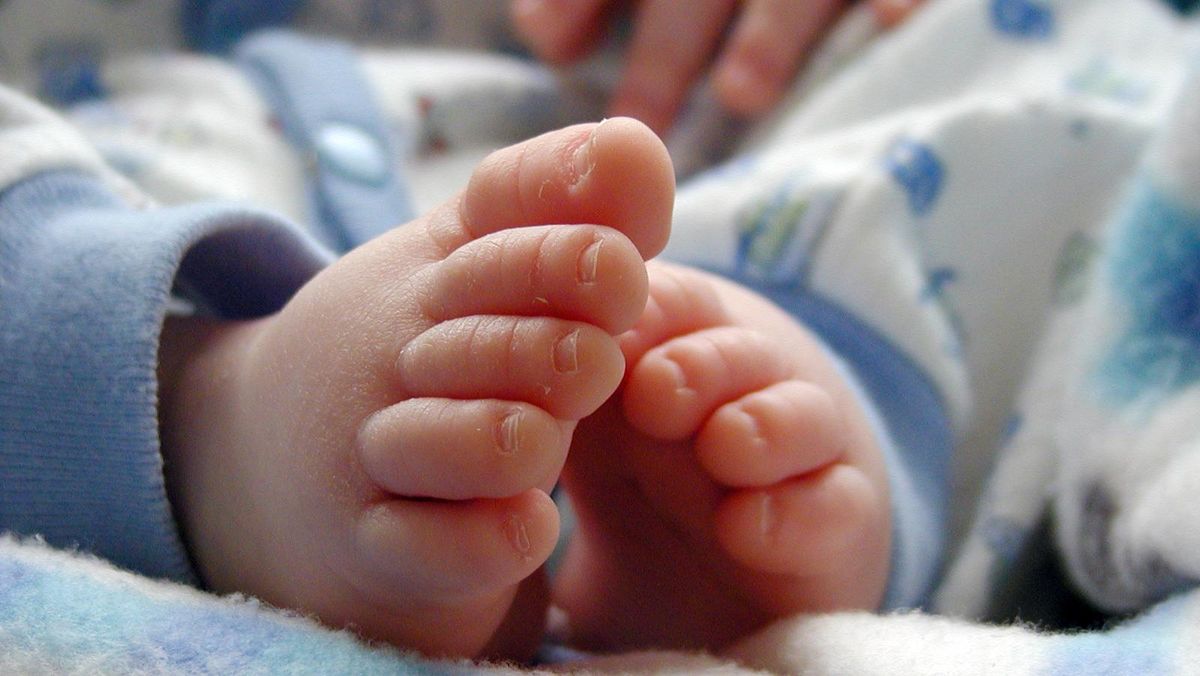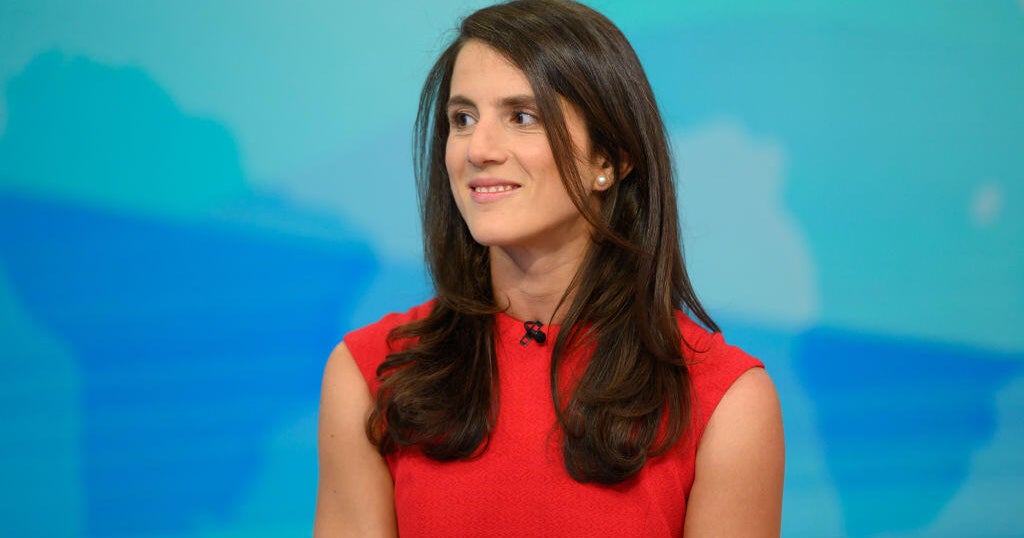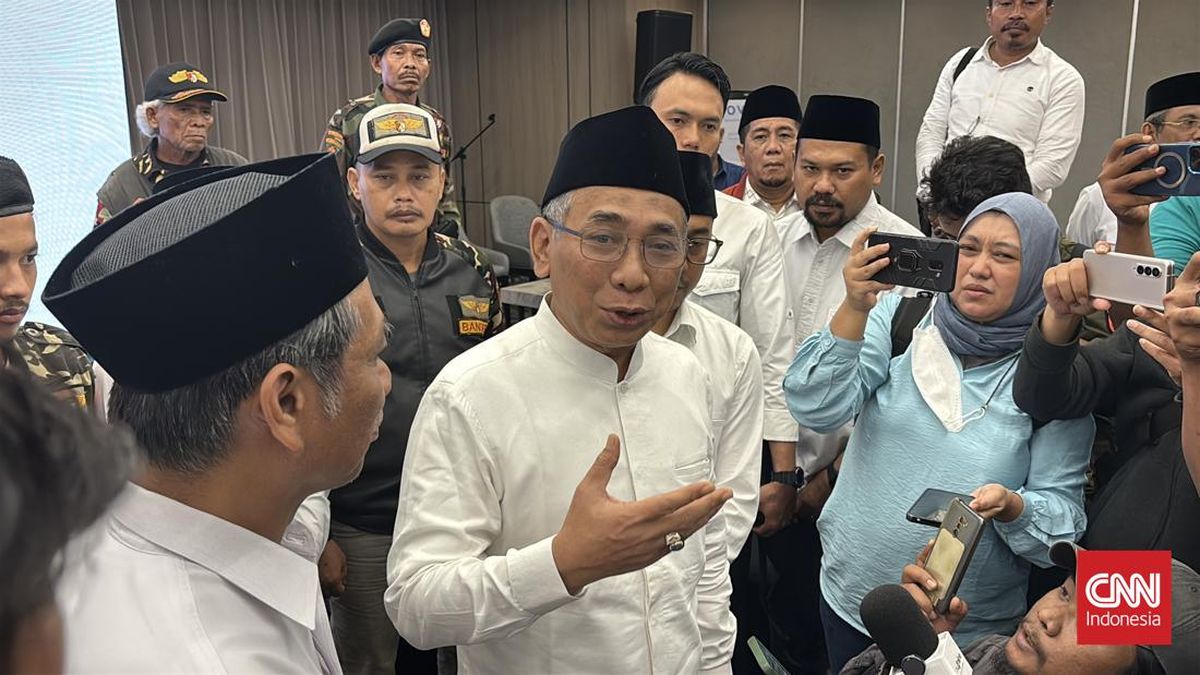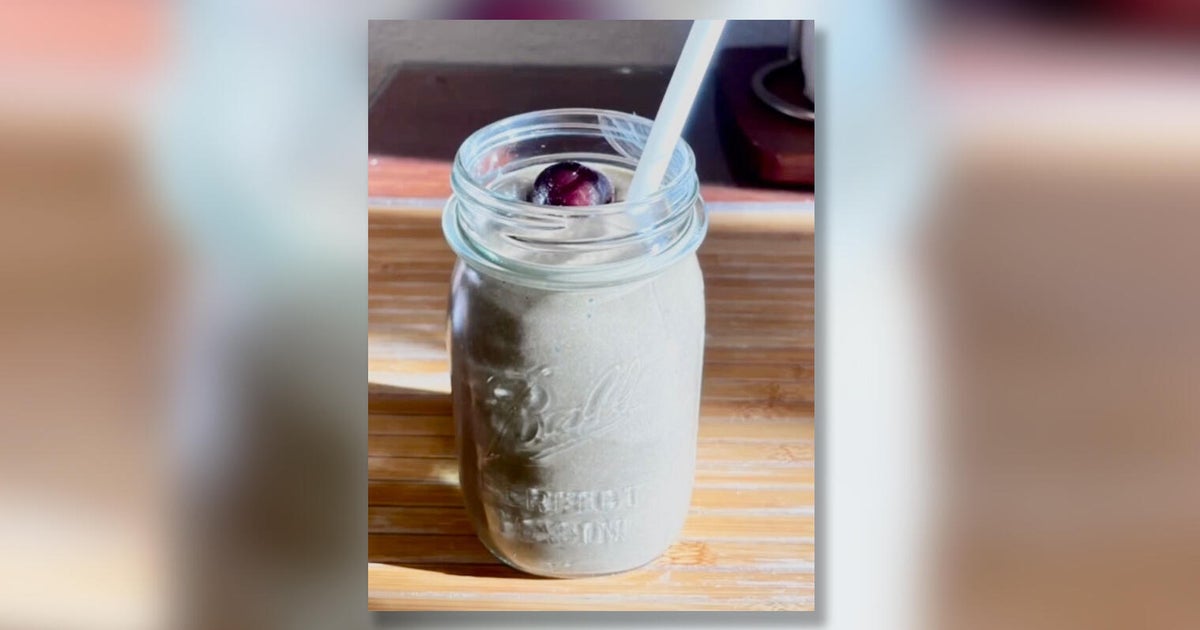London: US President Donald Trump has revealed plans to impose tariffs of 15 to 20 per cent on most countries sending goods to America, signalling the range Australia could expect for its exporters in a decision due within days.
Trump indicated the likely tariff range as he declared his desire for a single tariff for the “rest of the world” after sealing a series of trade deals with major economies, including Japan and the European Union.

Australian Prime Minister Anthony Albanese and US President Donald Trump.Credit: Dominic Lorrimer
While he did not name Australia as one of the countries to incur the 15 to 20 per cent tariffs, he made it clear he would not negotiate individual deals with all the countries yet to be finalised in the months-long program to apply the trade barriers.
Trump aired the estimate when asked about his plans at a press conference in Scotland on Monday, where he spoke alongside British Prime Minister Sir Keir Starmer.
“We’re going to be setting a tariff for essentially the rest of the world, and that’s what they’re going to pay if they want to do business in the United States.
Loading
“Because you can’t sit down and make 200 deals. But we’ve made the big ones.”
Asked to name the figure for the tariffs he wanted to set for the world, he said it would be in the range of 15 to 20 per cent.
Asked to confirm that, he said: “I just want to be nice. I would say in the range of 15 to 20 per cent. Probably one of those two numbers.”
Australia is currently subject to a 10 per cent “baseline” tariff under a White House decision this year, separate to higher tariffs on steel and aluminium.
Loading
While Prime Minister Anthony Albanese is seeking to avoid higher tariffs on exports, there has been no sign of an outcome ahead of the August 1 deadline for the new regime.
Trump named several countries as examples of the “big” deals he had recently negotiated, including an agreement with Indonesia that imposes a 19 per cent tariff on most of its exports to the US. He also named the Philippines, which will incur the same tariff rate.
The deals with Japan and the EU both resulted in tariffs of 15 per cent on most of their exports to the US, although both were announced without full details on all the products subject to the agreed rate.
“I’d love to see China open up their country right now as we speak, yeah, we’re dealing with China,” Trump said.
Albanese sought to discuss the tariffs with Trump when both attended the G7 summit in Canada in June, but the president left the gathering early to focus on the Middle East, scrapping the Australian talks.
Trump cancelled meetings with other leaders at the G7, but Albanese has been criticised by the Opposition and some in the media for not scheduling another meeting with the president.
Trump applied the 10 per cent baseline tariff on Australia in April, sending a shockwave through the federal election campaign, and he blamed Australian restrictions on US beef as a problem in the trade relationship.
In June, he doubled the tariff on steel and aluminium to leave Australian exporters facing a 50 per cent levy on their exports to the US.
The Australian government eased the restrictions on beef last week, citing scientific advice on quarantine safeguards, and Albanese insisted the move was not made to appease the president.
Loading
Trump’s officials, however, portrayed the beef decision as a win for the president.
“This is yet another example of the kind of market access the president negotiates to bring America into a new golden age of prosperity, with American agriculture leading the way,” said US Secretary of Agriculture Brooke Rollins.
Australia imposed the restrictions on beef in 2003 out of concern about mad cow disease, or bovine spongiform encephalopathy.
In 2019, however, Australia allowed imports of meat from animals born, raised and slaughtered in the US. The decision last week extends this to beef from cattle born in Canada or Mexico and legally imported to the US.
Albanese said on Sunday that the decision on beef was the outcome of a review that had been underway for years.
“The issue was the beef that had come from Canada or Mexico to the United States and then whether it could be traced, whether those arrangements could ensure that our biosecurity was looked after,” he told the ABC’s Insiders program.
Get a note directly from our foreign correspondents on what’s making headlines around the world. Sign up for our weekly What in the World newsletter.
Most Viewed in Politics
Loading


















































